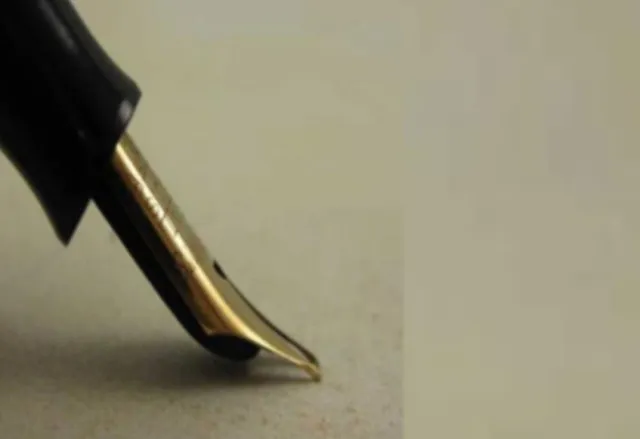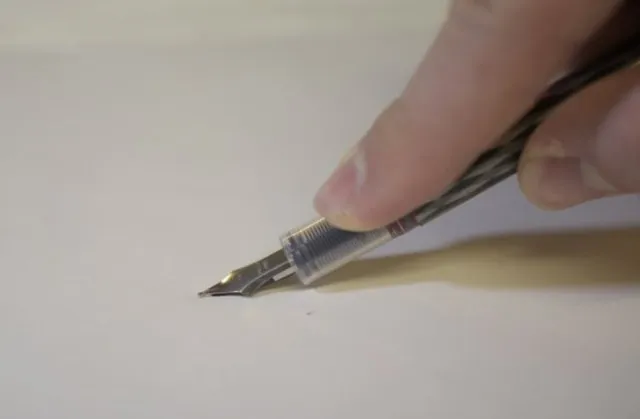Judges break their pen nibs after sentencing someone to death to symbolize finality of the decision and the weight of their responsibility.
In courtrooms around the world, a solemn tradition can be observed when judges impose the death penalty.
They often break the nib of the pens after signing the sentence.
This act, while simple, carries profound significance that many people are just beginning to understand.
The practice is not legally mandated, but it has deep roots and conveys a powerful message about the weight of a capital punishment decision.

The origin of breaking pen nibs when judges sentence someone to death
The customer of breaking pens dates back several centuries, with origins traced to India during the Mughal era.
Historical accounts suggest that Mughal emperors would break their quills after signing death sentences, symbolizing the finality of their decision.
Over time, this tradition was adopted by judges in colonial India and has continued even after the country gained independence.

Why do judges break pen nibs after sentencing capital punishment?
The irreversible nature of a death sentence
When a judge breaks a pen, it serves several important symbolic purposes.
Firstly, it emphasizes the irreversible nature of a death sentence. Once a sentence is signed, it cannot be undone.
This moment of breaking the pen allows everyone present, including judges, court staff, and family members to reflect on the gravity of the situation.
It is a moment that underscores the seriousness of taking a life, a decision that weighs heavily on the judge’s conscience.

Legal experts, including Indian lawyer Subhash Ahlawat, explain that this tradition represents the emotional burden judges carry.
When imposing such a severe sentence, judges often feel a sense of sorrow or regret.
By breaking the pen, they show that they must follow the law, even if it goes against what they believe.
The act of breaking the pen is therefore a physical manifestation of the judge’s heavy heart.

Another reason for this act is that it reminds us the pen used to sign a death sentence has a serious purpose.
It should not be used for anything else. This further emphasizes the gravity of the act itself.
In essence, it marks the pen as a tool of finality. This ensures that it is not treated casually or used for unimportant things.
The tradition shows a strong respect for important life-and-death choices.
In many cultures, symbols, and rituals help people deal with significant events.
Breaking the pen is one way for judges to show how serious their job is and to think about the results of their actions.
This practice is meaningful for many judges and legal workers. They believe it is an important part of the sentencing process.

Interestingly, as some countries have moved away from capital punishment, such as the UK, the practice of breaking the pen has gained more attention.
It has started conversations about ethics in the legal system and what it means to give a final sentence.
In places where the death penalty is still used, breaking a pen remains a strong symbol of responsibility.